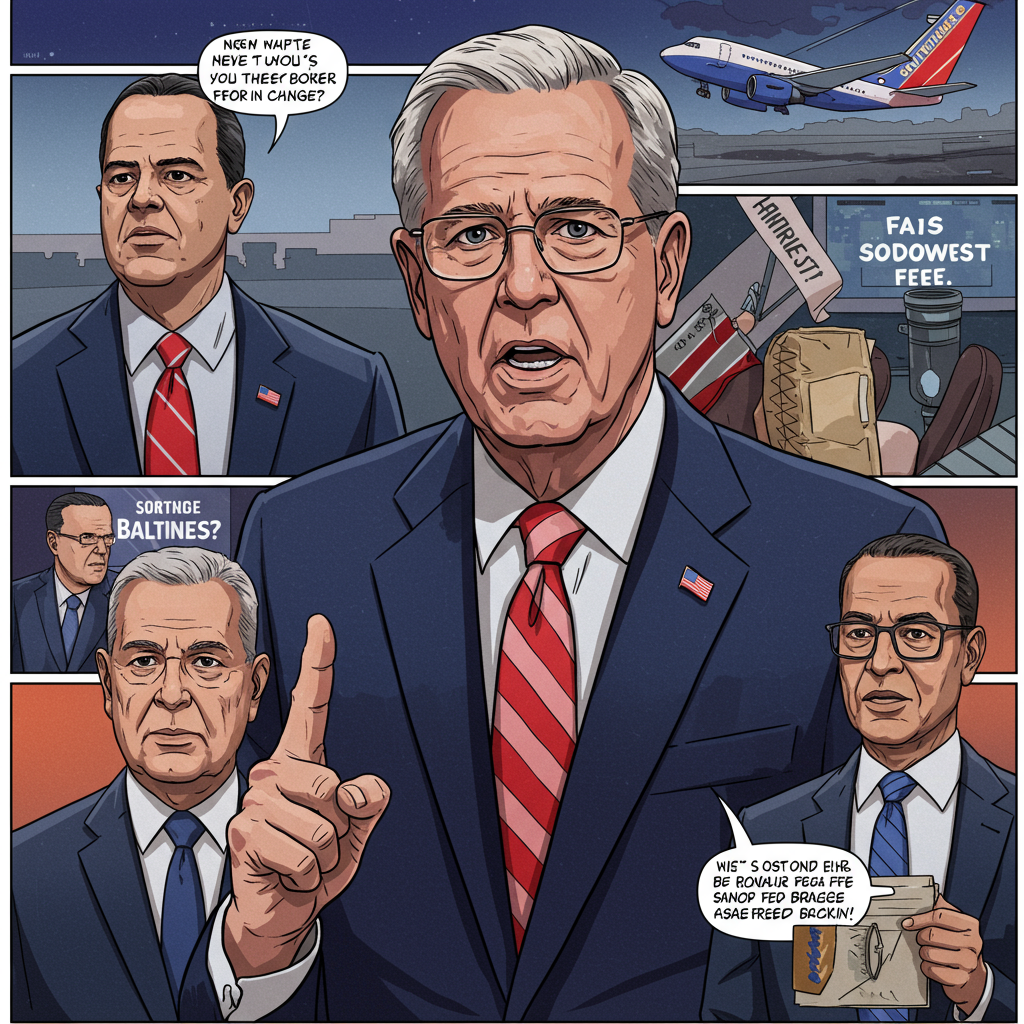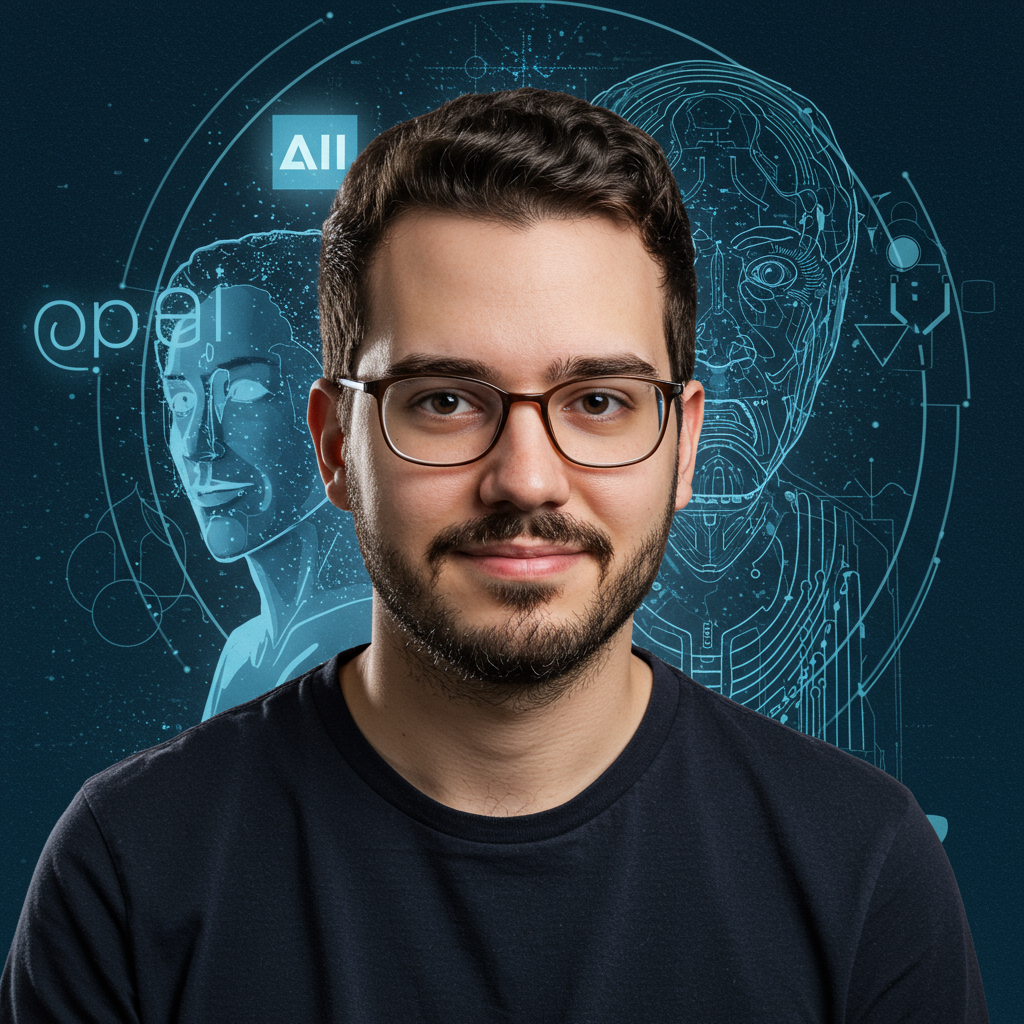Austin, Texas, is poised to become the first city globally to witness Tesla’s self-driving robotaxi service on its public roads. While Elon Musk, Tesla’s CEO, has outlined ambitious plans for a driverless future, the initial launch in the Texas capital is expected to be a cautious, scaled-back affair, beginning tentatively on Sunday, June 22, 2025.
This debut marks a significant step in Tesla’s long-touted push into autonomous ride-hailing, a vision Musk has promoted for years with shifting timelines.
Tesla’s Tentative Austin Pilot Program
The initial rollout in Austin is planned to be quite limited. Reports suggest fewer than a dozen vehicles will participate initially, operating only within specific neighborhoods. Musk himself indicated a phased approach, starting small before gradually increasing the fleet size. The plan is to potentially deploy a thousand robotaxis in Austin “within a few months” before expanding to other markets.
These first vehicles in Austin are expected to be modified Tesla Model 3 and Model Y cars equipped with an “unsupervised” version of Tesla’s Full Self-Driving (FSD) software. While driverless, the cars are intended to be monitored remotely, though it remains unclear if a human safety operator will be required inside the vehicle, a standard practice for many other companies testing autonomous taxis.
A Vision Decades in the Making
The Austin test follows years of predictions and delays from Elon Musk regarding the widespread availability of Tesla robotaxis. Musk has repeatedly forecast a large-scale fleet hitting the roads much sooner than current timelines suggest, including promises of millions of robotaxis by 2020 or 2024 that did not materialize.
It’s important to distinguish the planned June 2025 operational pilot in Austin from Tesla’s upcoming “We, Robot” event scheduled for October 10, 2024. This event is expected to feature the unveiling of a purpose-built robotaxi vehicle, potentially dubbed the “Cybercab,” which is designed without a steering wheel or pedals. However, production for this dedicated robotaxi model isn’t anticipated until 2026, meaning the Austin launch relies on modified existing vehicles.
Musk’s long-term vision extends beyond Tesla-owned fleets. He envisions a “Tesla Network” where personal Tesla owners could rent out their own vehicles autonomously when not in use, creating an “Airbnb model for cars” via a future software update.
Navigating Safety Concerns and Regulatory Scrutiny
Despite the cautious initial launch plan, Tesla’s robotaxi ambitions face considerable headwinds, particularly concerning safety and regulation. The technology underpinning the service is closely related to Tesla’s Full Self-Driving (FSD) software, which has been the subject of numerous investigations by the National Highway Traffic Safety Administration (NHTSA) and the Department of Justice.
Safety reports linked to FSD technology include multiple crashes resulting in fatalities and serious injuries. NHTSA investigations have examined instances where FSD allegedly failed to handle challenging conditions like adverse weather, sun glare, or intersections, and have scrutinized the system’s ability to ensure driver attention when supervision is still required.
In Austin, the planned launch has already drawn opposition from some Texas lawmakers who requested Tesla delay the debut until a new state law concerning autonomous vehicles takes effect later in the year. While this opposition may not ultimately stop the launch due to the state’s political landscape, it highlights public and legislative concerns. NHTSA has also engaged with Tesla directly regarding the Austin rollout, posing questions about how the company would handle interventions, crash reporting, and adverse weather conditions during operations.
A Crowded and Competitive Autonomous Market
Tesla enters an Austin market that is already home to other autonomous vehicle players. Companies like Google parent Alphabet’s Waymo, Amazon, and Volkswagen are also testing and operating driverless taxi services in the city.
Competitors like Waymo have taken a different technological approach, utilizing a combination of cameras, lasers (lidar), and radar, and have accumulated millions of miles of testing and paid rides, establishing a head start in operational experience. Tesla, in contrast, relies solely on cameras for its navigation system, a strategy Musk believes allows for rapid expansion by leveraging its existing vehicle fleet.
High Stakes and Analyst Skepticism
The move into robotaxis comes at a crucial time for Tesla, which has faced increased competition in the electric vehicle market, impacting sales and market share. Developing a reliable, revenue-generating autonomous ride-hailing service could provide a new, significant income stream, lessening reliance on traditional vehicle sales and potentially boosting investor confidence. Some analysts see the robotaxi push and the October 2024 unveiling event as critical steps aimed partly at reassuring Wall Street about Tesla’s future growth vectors in AI and robotics.
However, skepticism persists among many experts and analysts. They point to Tesla’s history of missing self-driving deadlines, the technical challenges of achieving true, unsupervised autonomy, and the complex regulatory landscape as significant hurdles. Questions remain about how quickly Tesla can scale from a limited pilot to a truly widespread service, with some analysts predicting widespread availability in cities like Austin might still be years away.
Despite the skepticism and challenges, the planned June 2025 robotaxi pilot in Austin represents a tangible, albeit small, step towards realizing Elon Musk’s long-held vision for a driverless future for Tesla. The success of this initial test and the company’s ability to navigate regulatory hurdles and demonstrate consistent safety will be critical in determining the viability of its ambitious autonomous ride-hailing plans.



